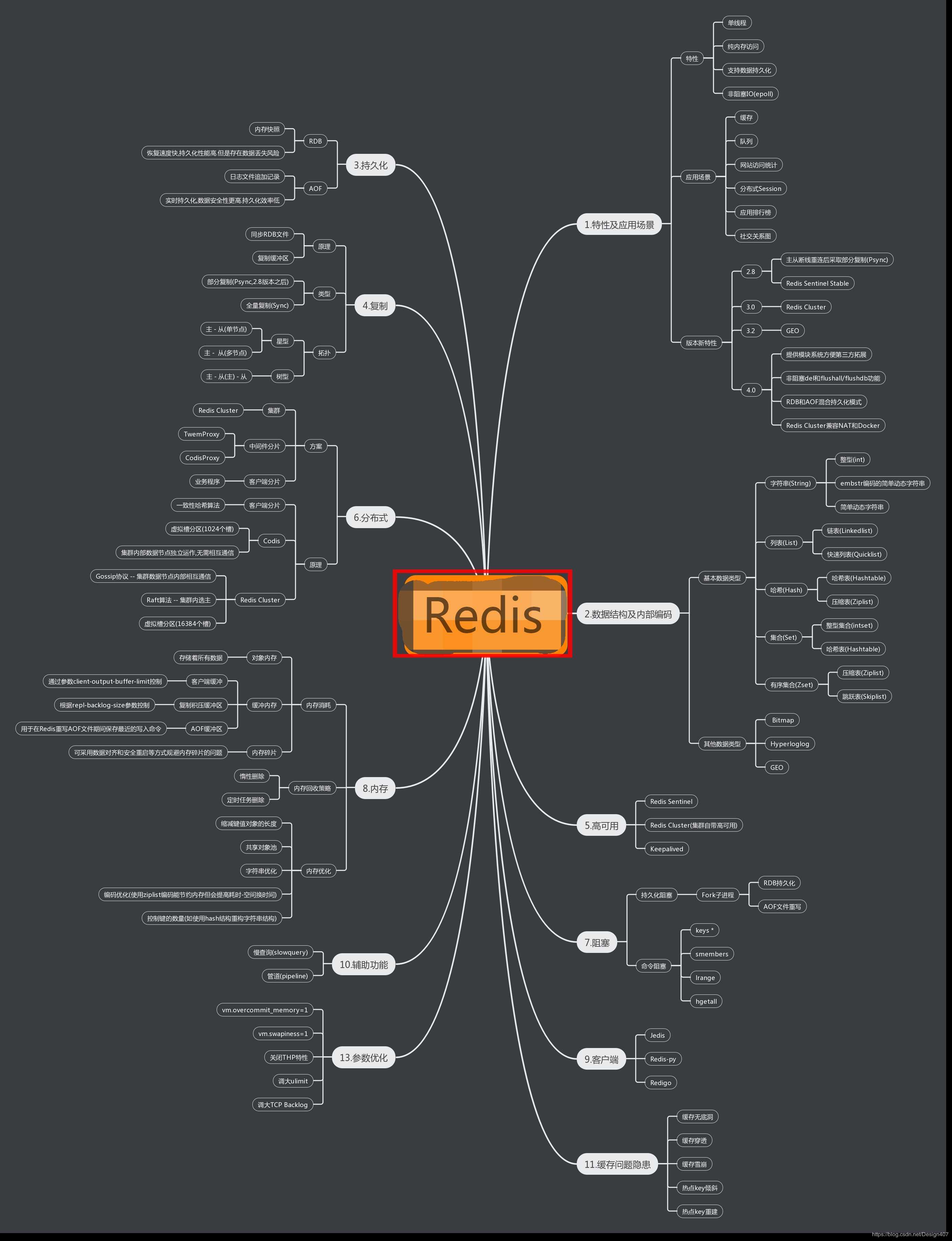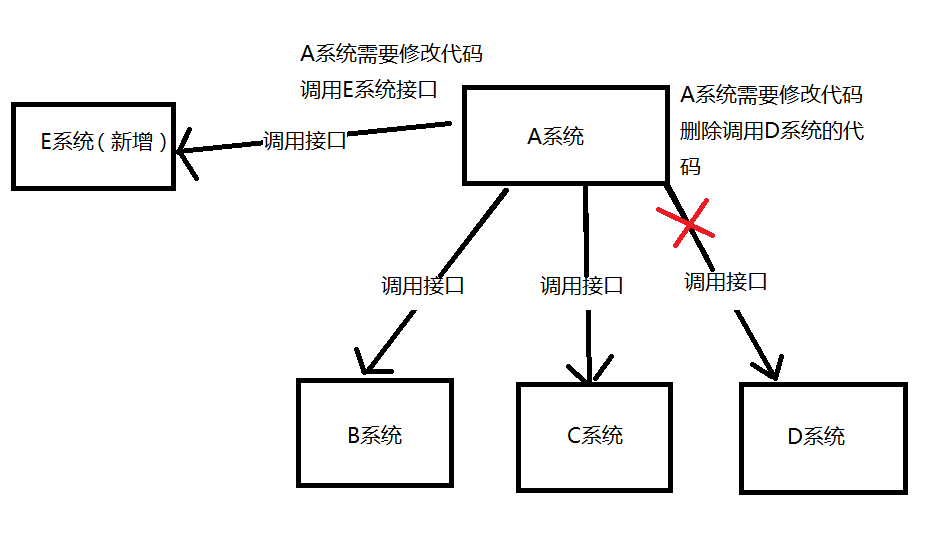HashMap currentHashMap总结
Hi,大家好,我是编程小6,很荣幸遇见你,我把这些年在开发过程中遇到的问题或想法写出来,今天说一说HashMap currentHashMap总结,希望能够帮助你!!!。
HashMap
不同点:
(1)JDK1.7用的是头插法,而JDK1.8及之后使用的都是尾插法,那么他们为什么要这样做呢?因为JDK1.7是用单链表进行的纵向延伸,当采用头插法时会容易出现逆序且环形链表死循环问题。但是在JDK1.8之后是因为加入了红黑树使用尾插法,能够避免出现逆序且链表死循环的问题。
(2)扩容后数据存储位置的计算方式也不一样:1. 在JDK1.7的时候是直接用hash值和需要扩容的二进制数进行&(这里就是为什么扩容的时候为啥一定必须是2的多少次幂的原因所在,因为如果只有2的n次幂的情况时最后一位二进制数才一定是1,这样能最大程度减少hash碰撞)(hash值 & length-1)
2、而在JDK1.8的时候直接用了JDK1.7的时候计算的规律,也就是扩容前的原始位置+扩容的大小值=JDK1.8的计算方式,而不再是JDK1.7的那种异或的方法。但是这种方式就相当于只需要判断Hash值的新增参与运算的位是0还是1就直接迅速计算出了扩容后的储存方式。
在计算hash值的时候,JDK1.7用了9次扰动处理=4次位运算+5次异或,而JDK1.8只用了2次扰动处理=1次位运算+1次异或。
哈希表如何解决Hash冲突?
转载:
作者:依本多情
来源:CSDN
原文:HashMap currentHashMap总结
版权声明:本文为博主原创文章,转载请附上博文链接!
1.7
/**
* The default initial capacity - MUST be a power of two.
* 初始桶大小,因为底层是数组,所以这是数组的大小
*/
static final int DEFAULT_INITIAL_CAPACITY = 1 << 4; // aka 16
/**
* The maximum capacity, used if a higher value is implicitly specified
* by either of the constructors with arguments.
* MUST be a power of two <= 1<<30.
* 桶最大值
*/
static final int MAXIMUM_CAPACITY = 1 << 30;
/**
* The load factor used when none specified in constructor.
* 默认的负载因子 为0.75
*/
static final float DEFAULT_LOAD_FACTOR = 0.75f;
/**
* An empty table instance to share when the table is not inflated.
*/
static final Entry<?,?>[] EMPTY_TABLE = {};
/**
* The table, resized as necessary. Length MUST Always be a power of two.
* 真正存放数据的数组
*/
transient Entry<K,V>[] table = (Entry<K,V>[]) EMPTY_TABLE;
/**
* The number of key-value mappings contained in this map.
* Map存放数量的大小
*/
transient int size;
/**
* The next size value at which to resize (capacity * load factor).
* 桶大小,可在初始化时显式指定
* @serial
*/
// If table == EMPTY_TABLE then this is the initial capacity at which the
// table will be created when inflated.
int threshold;
/**
* The load factor for the hash table.
* 负载因子,可在初始化时显式指定
*
* @serial
*/
final float loadFactor;
Entry的实现
static class Entry<K,V> implements Map.Entry<K,V> {
final K key;
V value;
Entry<K,V> next;
int hash;
/**
* Creates new entry.
*/
Entry(int h, K k, V v, Entry<K,V> n) {
value = v;
next = n;
key = k;
hash = h;
}
public final K getKey() {
return key;
}
public final V getValue() {
return value;
}
public final V setValue(V newValue) {
V oldValue = value;
value = newValue;
return oldValue;
}
public final boolean equals(Object o) {
if (!(o instanceof Map.Entry))
return false;
Map.Entry e = (Map.Entry)o;
Object k1 = getKey();
Object k2 = e.getKey();
if (k1 == k2 || (k1 != null && k1.equals(k2))) {
Object v1 = getValue();
Object v2 = e.getValue();
if (v1 == v2 || (v1 != null && v1.equals(v2)))
return true;
}
return false;
}
public final int hashCode() {
return Objects.hashCode(getKey()) ^ Objects.hashCode(getValue());
}
public final String toString() {
return getKey() + "=" + getValue();
}
/**
* This method is invoked whenever the value in an entry is
* overwritten by an invocation of put(k,v) for a key k that's already
* in the HashMap.
*/
void recordAccess(HashMap<K,V> m) {
}
/**
* This method is invoked whenever the entry is
* removed from the table.
*/
void recordRemoval(HashMap<K,V> m) {
}
}
Entry 是 HashMap 中的一个内部类,从他的成员变量很容易看出:
key是写入的键;
value是key对应的值;
next用于实现链表结构,指向下一个链表节点;
hash存放的是当前key的hashCode。
put源码:
public V put(K key, V value) {
// 判断当前数组是否需要初始化
if (table == EMPTY_TABLE) {
inflateTable(threshold);
}
// 如果 key 为空,则 put 一个空值进去
if (key == null)
return putForNullKey(value);
// 根据 key 计算出 hashcode
int hash = hash(key);
// 根据计算出的 hashcode 定位出所在桶
int i = indexFor(hash, table.length);
// 如果桶是一个链表则需要遍历判断里面的 hashcode、key 是否和传入 key 相等,如果相等则进行覆盖,并返回原来的值
for (Entry<K,V> e = table[i]; e != null; e = e.next) {
Object k;
if (e.hash == hash && ((k = e.key) == key || key.equals(k))) {
V oldValue = e.value;
e.value = value;
e.recordAccess(this);
return oldValue;
}
}
modCount++;
// 如果桶是空的,说明当前位置没有数据存入;新增一个 Entry 对象写入当前位置
addEntry(hash, key, value, i);
return null;
}
/**
* Adds a new entry with the specified key, value and hash code to
* the specified bucket. It is the responsibility of this
* method to resize the table if appropriate.
*
* Subclass overrides this to alter the behavior of put method.
*/
void addEntry(int hash, K key, V value, int bucketIndex) {
// 判断是否需要扩容
if ((size >= threshold) && (null != table[bucketIndex])) {
// 如果需要就进行两倍扩充,并将当前的 key 重新 hash 并定位
resize(2 * table.length);
hash = (null != key) ? hash(key) : 0;
bucketIndex = indexFor(hash, table.length);
}
// 将当前位置的桶传入到新建的桶中,如果当前桶有值就会在位置形成链表
createEntry(hash, key, value, bucketIndex);
}
/**
* Like addEntry except that this version is used when creating entries
* as part of Map construction or "pseudo-construction" (cloning,
* deserialization). This version needn't worry about resizing the table.
*
* Subclass overrides this to alter the behavior of HashMap(Map),
* clone, and readObject.
*/
void createEntry(int hash, K key, V value, int bucketIndex) {
Entry<K,V> e = table[bucketIndex];
table[bucketIndex] = new Entry<>(hash, key, value, e);
size++;
}
1.8
JDK1.8 以后的HashMap使用的是数组+链表+红黑树的数据结构(当链表的深度达到8的时候,也就是默认阈值,就会自动扩容把链表转成红黑树的数据结构来把时间复杂度从O(n)变成O(logN)提高了效率)
核心成员变量源码
/**
* The default initial capacity - MUST be a power of two.
*/
static final int DEFAULT_INITIAL_CAPACITY = 1 << 4; // aka 16
/**
* The maximum capacity, used if a higher value is implicitly specified
* by either of the constructors with arguments.
* MUST be a power of two <= 1<<30.
*/
static final int MAXIMUM_CAPACITY = 1 << 30;
/**
* The load factor used when none specified in constructor.
*/
static final float DEFAULT_LOAD_FACTOR = 0.75f;
/**
* The bin count threshold for using a tree rather than list for a
* bin. Bins are converted to trees when adding an element to a
* bin with at least this many nodes. The value must be greater
* than 2 and should be at least 8 to mesh with assumptions in
* tree removal about conversion back to plain bins upon
* shrinkage.
* 用于判断是否需要将链表转换为红黑树的阈值
*/
static final int TREEIFY_THRESHOLD = 8;
/**
* The bin count threshold for untreeifying a (split) bin during a
* resize operation. Should be less than TREEIFY_THRESHOLD, and at
* most 6 to mesh with shrinkage detection under removal.
*/
static final int UNTREEIFY_THRESHOLD = 6;
/**
* The smallest table capacity for which bins may be treeified.
* (Otherwise the table is resized if too many nodes in a bin.)
* Should be at least 4 * TREEIFY_THRESHOLD to avoid conflicts
* between resizing and treeification thresholds.
*/
static final int MIN_TREEIFY_CAPACITY = 64;
/**
* JDK1.7是HashEntry,1.8修改为Node
*/
transient Node<K,V>[] table;
/**
* Holds cached entrySet(). Note that AbstractMap fields are used
* for keySet() and values().
*/
transient Set<Map.Entry<K,V>> entrySet;
/**
* The number of key-value mappings contained in this map.
*/
transient int size;
/**
* The number of times this HashMap has been structurally modified
* Structural modifications are those that change the number of mappings in
* the HashMap or otherwise modify its internal structure (e.g.,
* rehash). This field is used to make iterators on Collection-views of
* the HashMap fail-fast. (See ConcurrentModificationException).
*/
transient int modCount;
int threshold;
/**
* The load factor for the hash table.
*
* @serial
*/
final float loadFactor;
put源码
/**
1. Implements Map.put and related methods
2. 3. @param hash hash for key
4. @param key the key
5. @param value the value to put
6. @param onlyIfAbsent if true, don't change existing value
7. @param evict if false, the table is in creation mode.
8. @return previous value, or null if none
*/
final V putVal(int hash, K key, V value, boolean onlyIfAbsent,
boolean evict) {
Node<K,V>[] tab; Node<K,V> p; int n, i;
// 判断当前桶是否为空,空的就需要初始化(resize 中会判断是否进行初始化)
if ((tab = table) == null || (n = tab.length) == 0)
n = (tab = resize()).length;
// 根据当前 key 的 hashcode 定位到具体的桶中并判断是否为空,为空表明没有 Hash 冲突就直接在当前位置创建一个新桶即可
if ((p = tab[i = (n - 1) & hash]) == null)
tab[i] = newNode(hash, key, value, null);
else {
Node<K,V> e; K k;
if (p.hash == hash &&
// 如果当前桶有值( Hash 冲突),那么就要比较当前桶中的 key、key 的 hashcode 与写入的 key 是否相等,相等就赋值给 e
((k = p.key) == key || (key != null && key.equals(k))))
e = p;
// 如果当前桶为红黑树,那就要按照红黑树的方式写入数据
else if (p instanceof TreeNode)
e = ((TreeNode<K,V>)p).putTreeVal(this, tab, hash, key, value);
else {
// 如果是个链表,就需要将当前的 key、value 封装成一个新节点写入到当前桶的后面(形成链表)
for (int binCount = 0; ; ++binCount) {
if ((e = p.next) == null) {
p.next = newNode(hash, key, value, null);
// 判断当前链表的大小是否大于预设的阈值,大于时就要转换为红黑树
if (binCount >= TREEIFY_THRESHOLD - 1) // -1 for 1st
treeifyBin(tab, hash);
break;
}
// 如果在遍历过程中找到 key 相同时直接退出遍历
if (e.hash == hash &&
((k = e.key) == key || (key != null && key.equals(k))))
break;
p = e;
}
}
// 如果 e != null 就相当于存在相同的 key,那就需要将值覆盖
if (e != null) { // existing mapping for key
V oldValue = e.value;
if (!onlyIfAbsent || oldValue == null)
e.value = value;
afterNodeAccess(e);
return oldValue;
}
}
++modCount;
// 判断是否需要进行扩容
if (++size > threshold)
resize();
afterNodeInsertion(evict);
return null;
}
1、判断当前桶是否为空,空的就需要初始化(resize 中会判断是否进行初始化)。
2、根据当前 key 的 hashcode 定位到具体的桶中并判断是否为空,为空表明没有 Hash 冲突就直接3在当前位置创建一个新桶即可。
3、如果当前桶有值( Hash 冲突),那么就要比较当前桶中的 key、key 的 hashcode 与写入的 key 是否相等,相等就赋值给 e,在第 8 步的时候会统一进行赋值及返回。
4、如果当前桶为红黑树,那就要按照红黑树的方式写入数据。
5、如果是个链表,就需要将当前的 key、value 封装成一个新节点写入到当前桶的后面(形成链表)。
6、接着判断当前链表的大小是否大于预设的阈值,大于时就要转换为红黑树。
7、如果在遍历过程中找到 key 相同时直接退出遍历。
8、如果 e != null 就相当于存在相同的 key,那就需要将值覆盖。
9、最后判断是否需要进行扩容。
currentHashMap
1.7
1.8
今天的分享到此就结束了,感谢您的阅读,如果确实帮到您,您可以动动手指转发给其他人。
上一篇
已是最后文章
下一篇
已是最新文章












